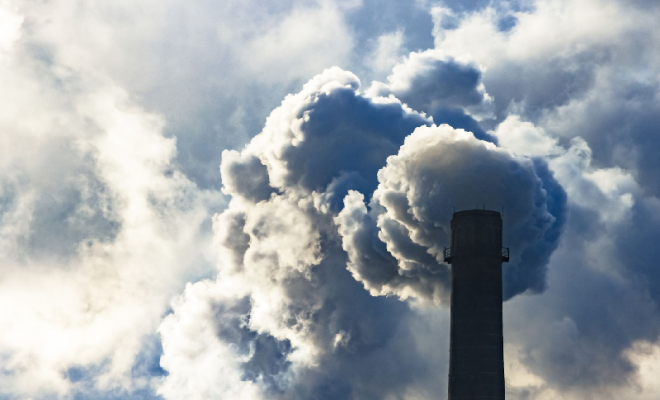
What is Global Warming?
Global warming is a phenomenon when the Earth’s average temperatures rise due to excessive accumulation of greenhouse gases. Global warming is an anthropogenic effect and is further compounded by the greenhouse effect.
The Greenhouse Effect
The greenhouse effect has always been part of the Earth’s natural processes. It provides warmth by trapping heat from the Sun; in fact, without the greenhouse effect, the Earth would freeze over, and life would not have evolved. However, there is a delicate balance that should exist in the process.
How Greenhouse Effect Accelerates Global Warming
The greenhouse effect works when the planet’s atmosphere traps radiation from the Sun. The gases that trap heat are called greenhouse gases. Ever since the Industrial Revolution, humans have pumped millions of tons of carbon dioxide into the atmosphere. Carbon dioxide is a greenhouse gas, and it compounds the greenhouse effect.
Hypothetical Situation – Runaway Greenhouse Effect
The Earth could face the following scenario if the effects of global warming are kept unchecked:
When enough greenhouse gases are released into the atmosphere, the planet reaches a crucial tipping point. The surface temperatures get high enough for water to boil. Consequently, water vapour is released into the atmosphere when water boils. The rocks start sublimating, releasing carbon dioxide into the atmosphere. Eventually, the intense heat and pressure of the planet lead to the evaporation of all greenhouse gases into the atmosphere. Eventually, the planet becomes uninhabitable and inhospitable to all life.
Though this situation seems like a fictional, apocalyptic scenario, scientists speculate that it may be plausible. In fact, such a situation may have already occurred on Venus, the second planet from the Sun. Scientists even theorize Venus may have had liquid water on its surface and an atmosphere similar to Earth’s. However, elevated levels of greenhouse gases may have triggered the runaway greenhouse effect, leading to the present planet we see today.
Removing Excessive Amounts of Greenhouse Gases
One of the most effective ways to reduce greenhouse gas emissions is to plant trees. Hence, conservation of forests and other similar activities have to be implemented on a vast scale. The principle idea behind planting trees is that trees behave like carbon sinks.
Carbon Sinks
A carbon sink is a natural reservoir that absorbs more carbon dioxide than it lets out. Trees absorb more carbon dioxide than it lets out, hence they are considered to be effective carbon sinks. In theory, if enough trees are planted, it can remove a significant amount of carbon dioxide from the atmosphere.
Reducing Carbon Footprint
Humans have pumped out massive amounts of carbon dioxide ever since the Industrial Revolution. We are also very dependent on exhaustible sources of fuel such as coal and petroleum—these types of fuel pump enormous amounts of carbon dioxide and other greenhouse gases into the atmosphere. Moving on to cleaner and renewable sources of energy is the only way forward. If the same trends continue, then our planet will become uninhabitable for future generations.
Explore more fascinating topics from what is pollination and flowering plants to the human body and anatomy only at BYJU’S. Alternative, subscribe to BYJU’S YouTube channel to explore interesting videos on science and maths.
Can You Live Without a Brain? | Learn with BYJU’S








